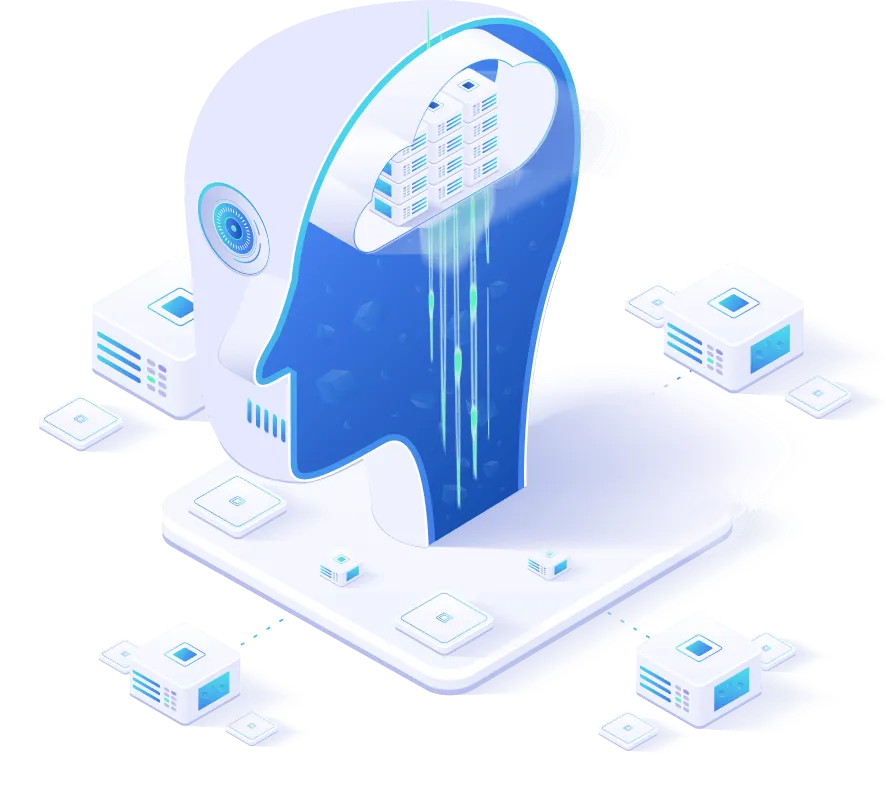
There has been some interesting debate lately about CDP vs CDW – customer data platform vs cloud data warehouse. If CDWs like Snowflake, Databricks, AWS Redshift, etc. are becoming ubiquitous data layers in companies, is there still a role for domain-specific data platforms, such as marketing-driven CDPs?
The short answer, in my opinion, is “Yes, but it depends…”
There is still a significant difference between front-end business systems that run in real time to serve customers and employees – CRM and ERP are prime examples – and large-scale analytics and storage platforms like data lakes and data warehouses. They have different capabilities, different trade-offs in cost, speed, and scale, and different users and use cases for which they are optimized.
Of course, the two are increasingly intertwined, as demonstrated in the “DataOps ecosystem” that I have illustrated here:

The more specific CDPs that sit at the bottom of that ecosystem diagram, the more likely it is that the CDWs and their associated technologies will overlap – and I suspect gradually surpass them.
However, the more CDPs that sit at the top of that ecosystem diagram, the less threatened CDWs will be – at least for the next few years.
Of course, the higher up the CDP ladder, the more likely there is to be a competitive debate surrounding CDP vs. CRM. Depending on who you ask—especially if you ask a CDP vendor or a CRM vendor—you’ll likely get different answers. (And since I work at one of the leading CRM platform companies, you should expect my answers to be biased.)
But honestly, I find this debate to be more blurred by labels than actual possibilities.
But customer experience, that's the biggest lever of differentiation that most companies have.
Data sits somewhere in between. The core capabilities of CDWs have largely been commoditized. But the services layered on top of them can be quite different. And specialized data management systems—like identity-centric CDPs—can also be differentiated by the use cases they’re optimized for and the services they embed.

And this brings us back to the CDP vs CDW debate. CDPs (and, for that matter, CRMs) typically combine data and decisioning for their customer-centric use cases. But in an expanding data operations ecosystem around a CDW, there is a combination of data and decisioning – modeling, transformation, machine learning, etc., making decisions with data.
While this doesn't provide easy answers, I hope this framework helps you think about how the pieces fit together in your marketing technology strategy.
As a final variation on this model, one of the reasons there are so many different martech solutions on the planet is because most marketing platforms and applications combine data, decision, and distribution elements together – and have a determined way of enabling design (process, EX) and design outside (CX).
These combinations effectively create an infinite canvas for martech vendor differentiation. Which specific differentiating features have the greatest impact on their customers – well, that’s where the real competition in digital technology comes in.

Original post: Data, Decisioning, Delivery & Design: A Framing for the CDP vs. CDW Debate – Chief Marketing Technologist (chiefmartec.com)
Translated by: Phan Cong Duy





